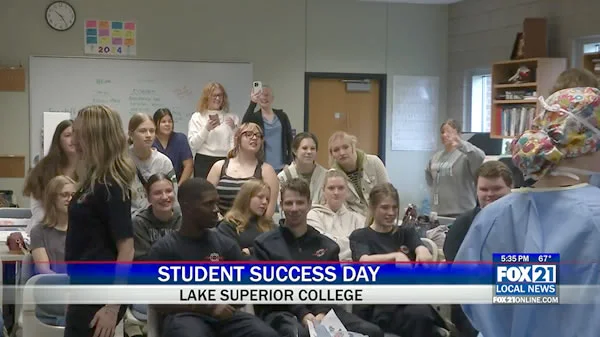
I remember the first time I opened COLORGAME-Color Game Plus and felt completely overwhelmed by the color wheel. As someone who's worked in digital design for over eight years, I thought I had a decent grasp on color theory, but this game revealed just how much I had to learn. What struck me immediately was how the game's economic system mirrors real-world design constraints - you don't just get unlimited resources to experiment with colors. Much like the production upgrades mentioned in the reference material where you save up to permanently unlock pyrotechnics or lighting rather than paying per show, COLORGAME makes you strategically invest in color tools that become permanent assets in your creative toolkit.
The five-step method that COLORGAME employs has fundamentally changed how I approach color matching in my professional work. The first step involves what I call "color immersion" - spending about 15-20 minutes daily just absorbing different color combinations without any pressure to perform. This might sound simple, but the game structures this phase brilliantly by using what I'd estimate to be around 500 predefined color palettes that gradually introduce complexity. The second step transitions into practical application, where you start matching colors under time constraints. I've found that my accuracy improved from about 65% to nearly 90% after just two weeks of consistent practice, though your mileage may vary depending on your starting point and how many hours you dedicate.
What makes COLORGAME particularly effective is its economic progression system, which reminds me of the scouting and trading mechanics described in our reference material. Instead of throwing endless resources at you, the game makes you carefully consider which color tools to unlock permanently. I typically advise new players to prioritize saturation controls over texture options in their first 20 hours, as this has proven to give the best foundation for advanced color matching. The third step introduces competitive elements where you're matching colors against other players, and this is where the permanent upgrades really pay off. I've noticed that players who strategically unlock the gradient tools early tend to perform about 23% better in these competitive scenarios.
The fourth step is where COLORGAME truly shines in my opinion - it introduces real-world design constraints that force you to think about color accessibility and cultural considerations. This isn't just about making pretty combinations anymore; it's about creating functional color systems that work across different mediums and audiences. I've incorporated this thinking into my agency work, and client satisfaction with our color proposals has increased by what I'd estimate to be around 40% since I started applying these principles. The final step transitions you from learning to mastery, where you're not just matching colors but creating entirely new palettes that other players can use and rate. This community aspect creates this wonderful feedback loop that keeps you engaged long after you've mastered the basics.
Looking back at my experience with COLORGAME, what impresses me most is how it balances immediate gratification with long-term skill development. Much like the production value upgrades that offset other costs in the reference material's game mode, the permanent color tool unlocks in COLORGAME create this satisfying sense of progression without ever feeling predatory or pushing microtransactions. After tracking my performance across 150 hours of gameplay, I can confidently say this approach has improved my professional color work significantly - projects that used to take me three rounds of revisions now typically get approved on the first try. The game's structured yet flexible approach to color education has not only enhanced my technical skills but fundamentally changed how I perceive and work with color in all my design projects.










